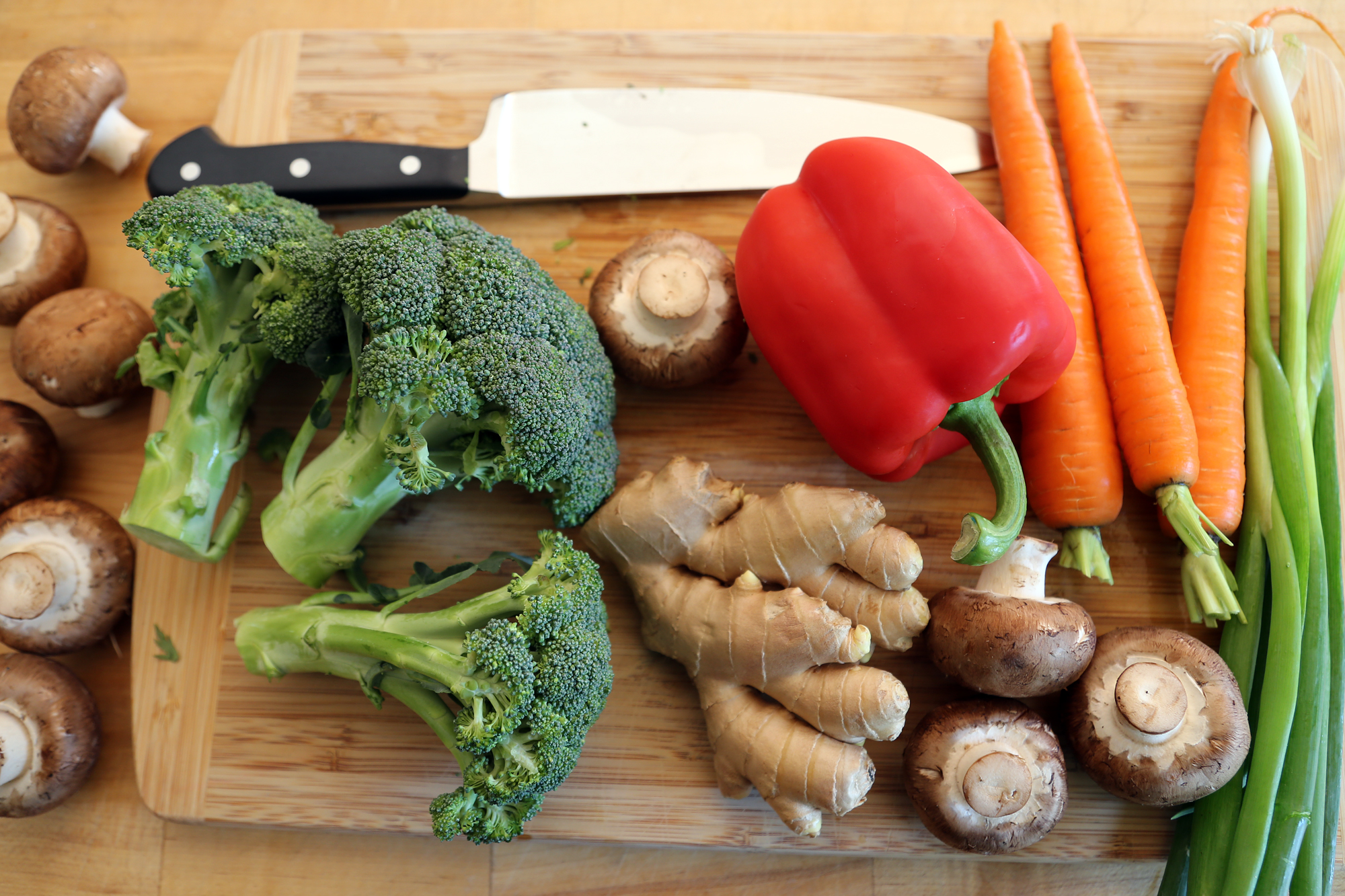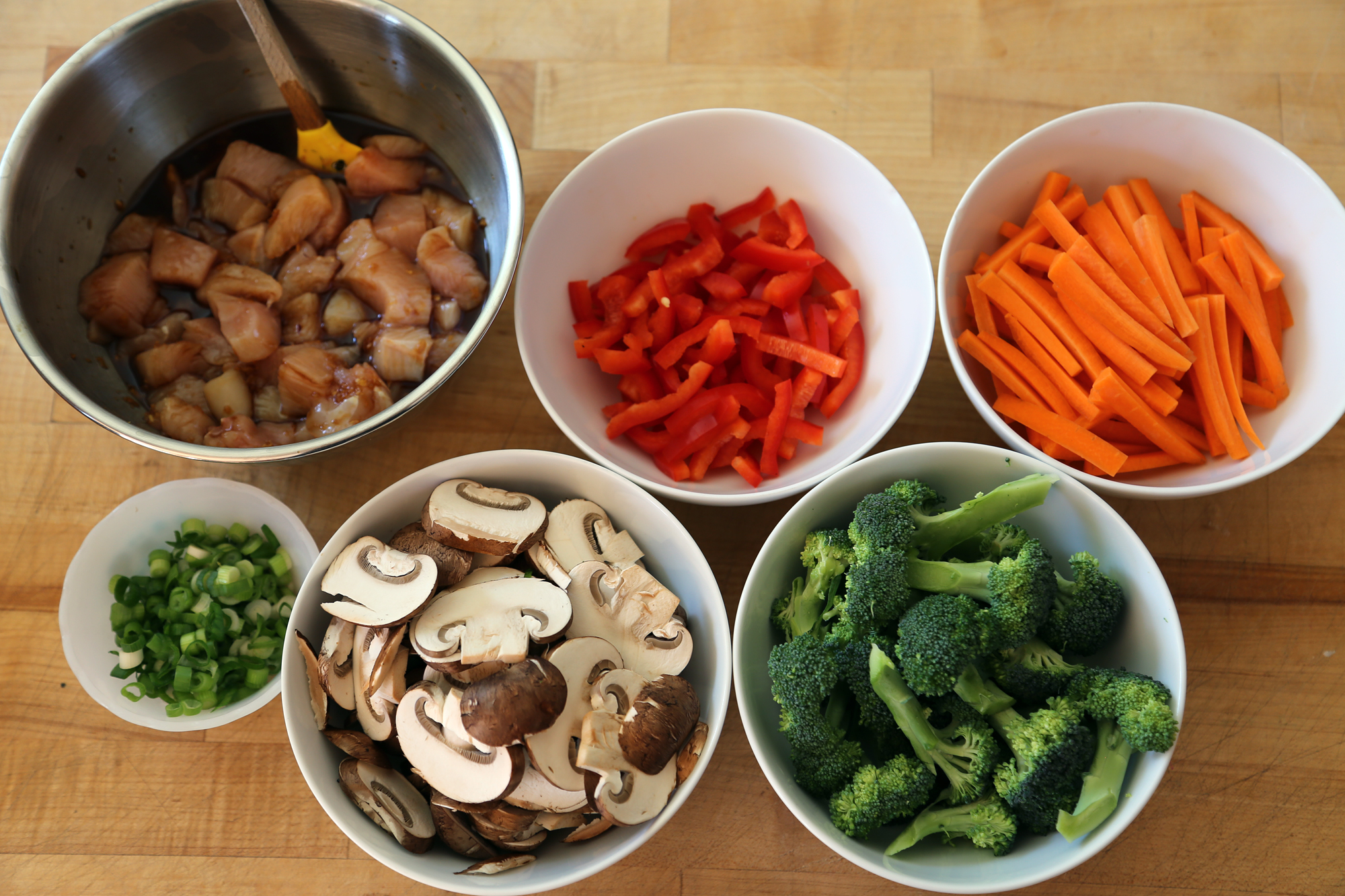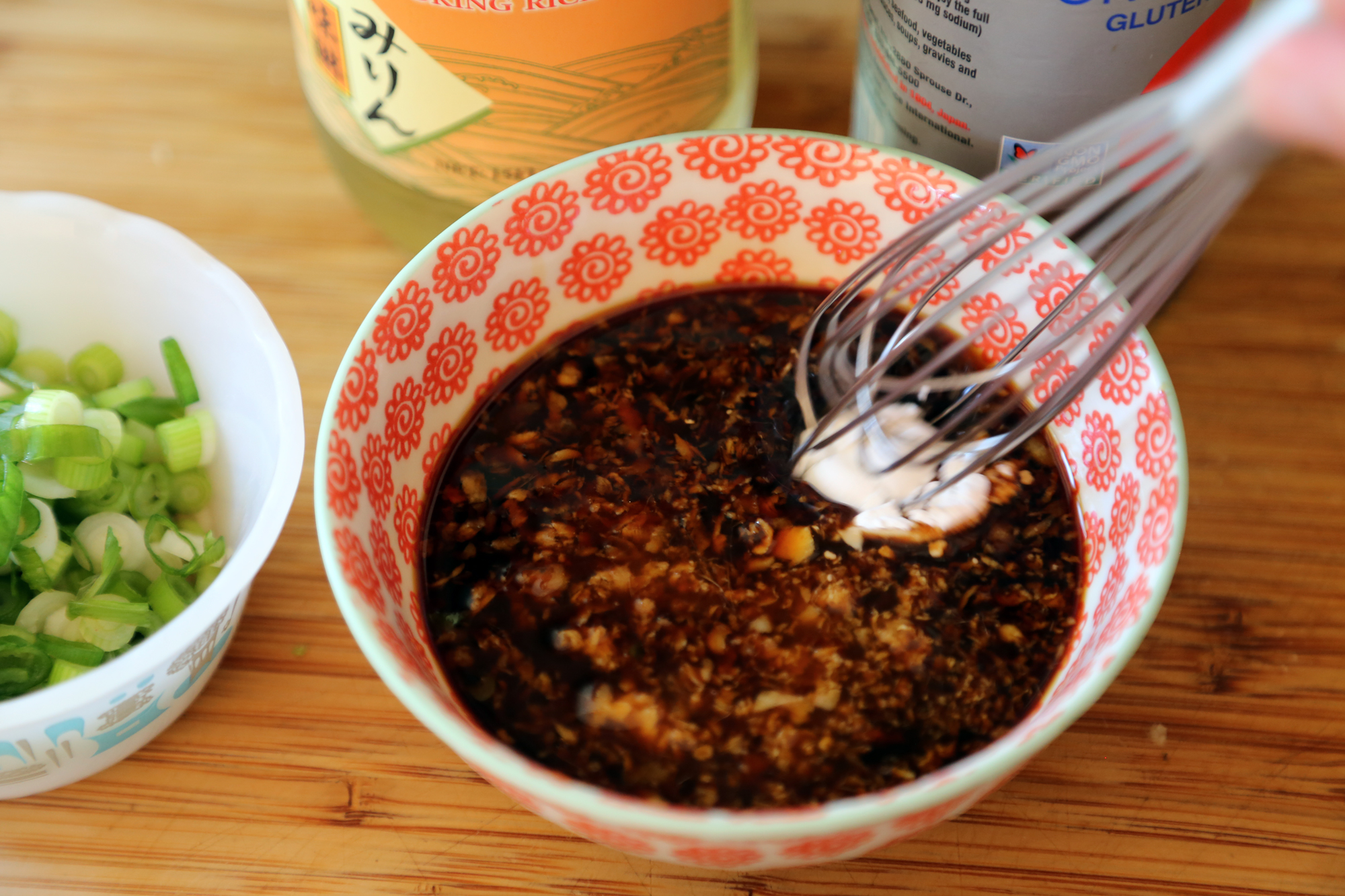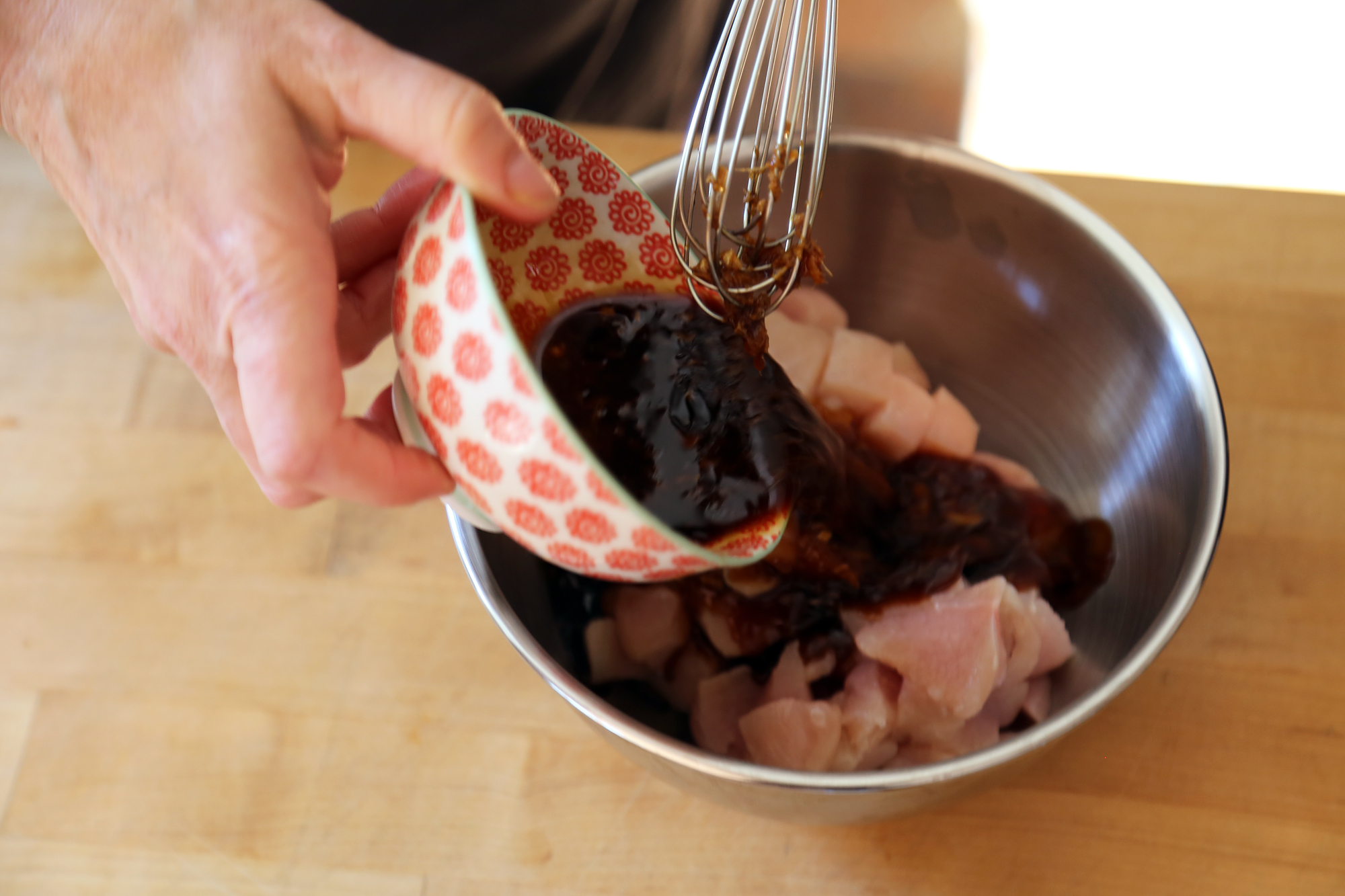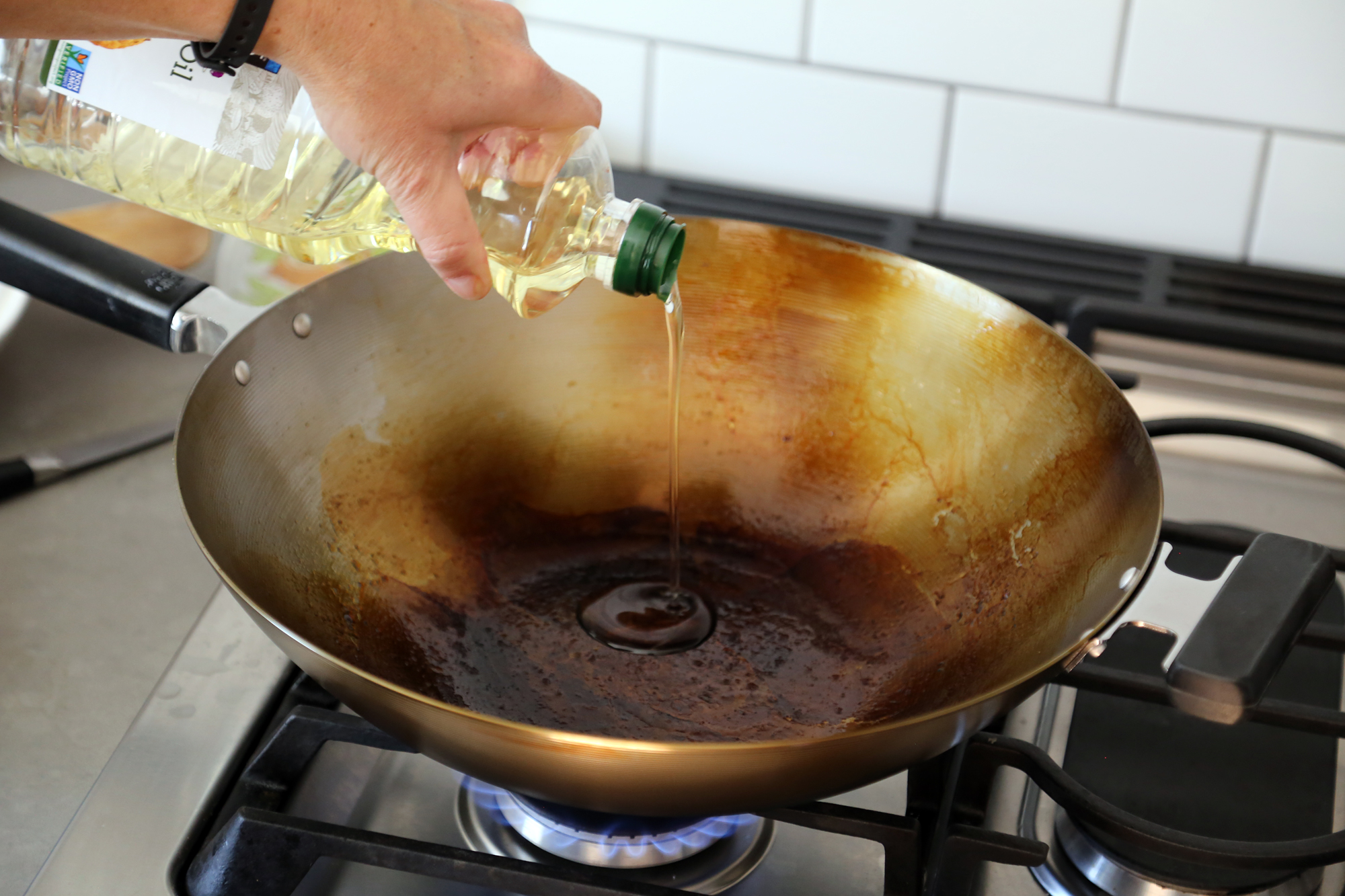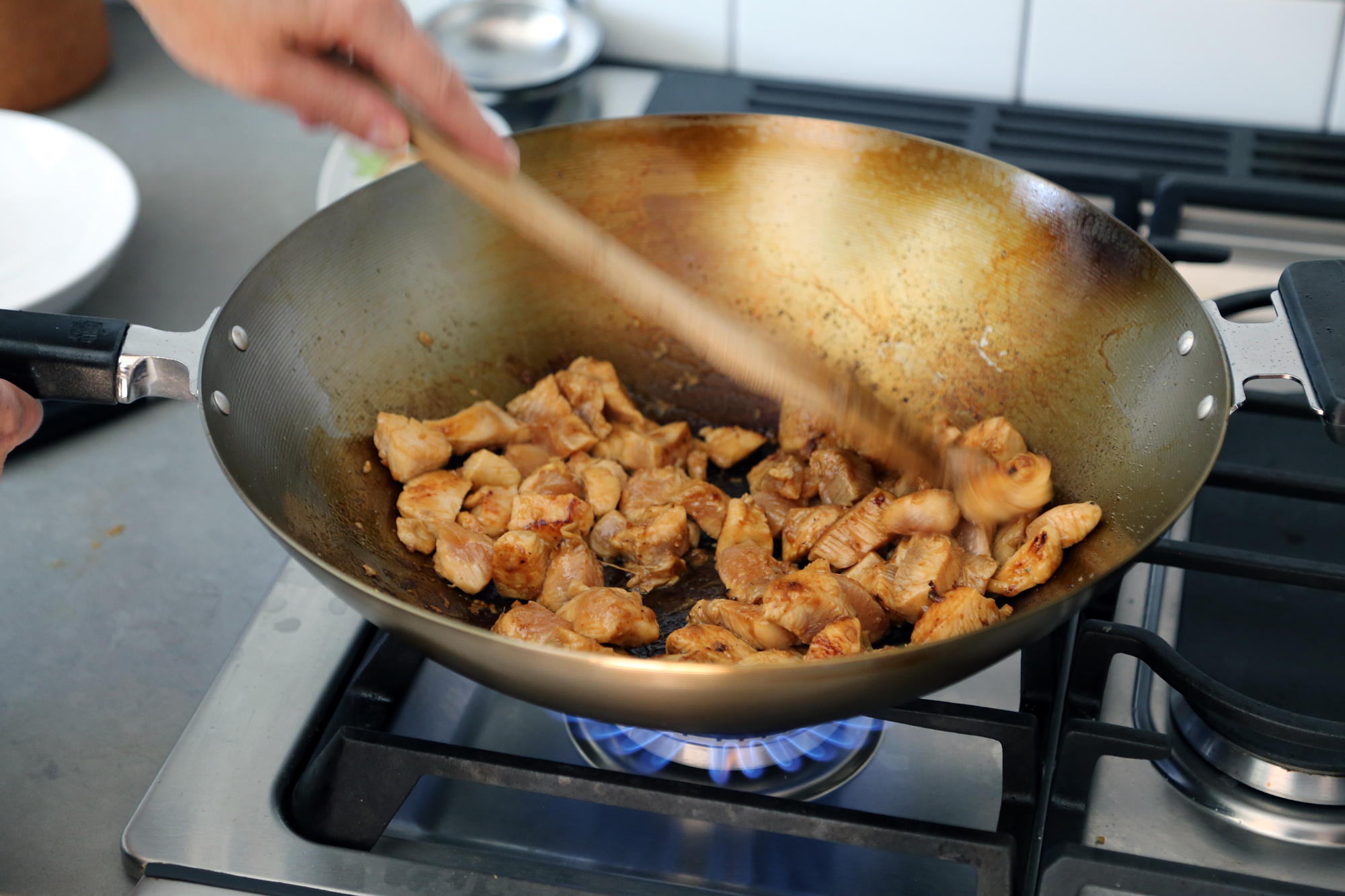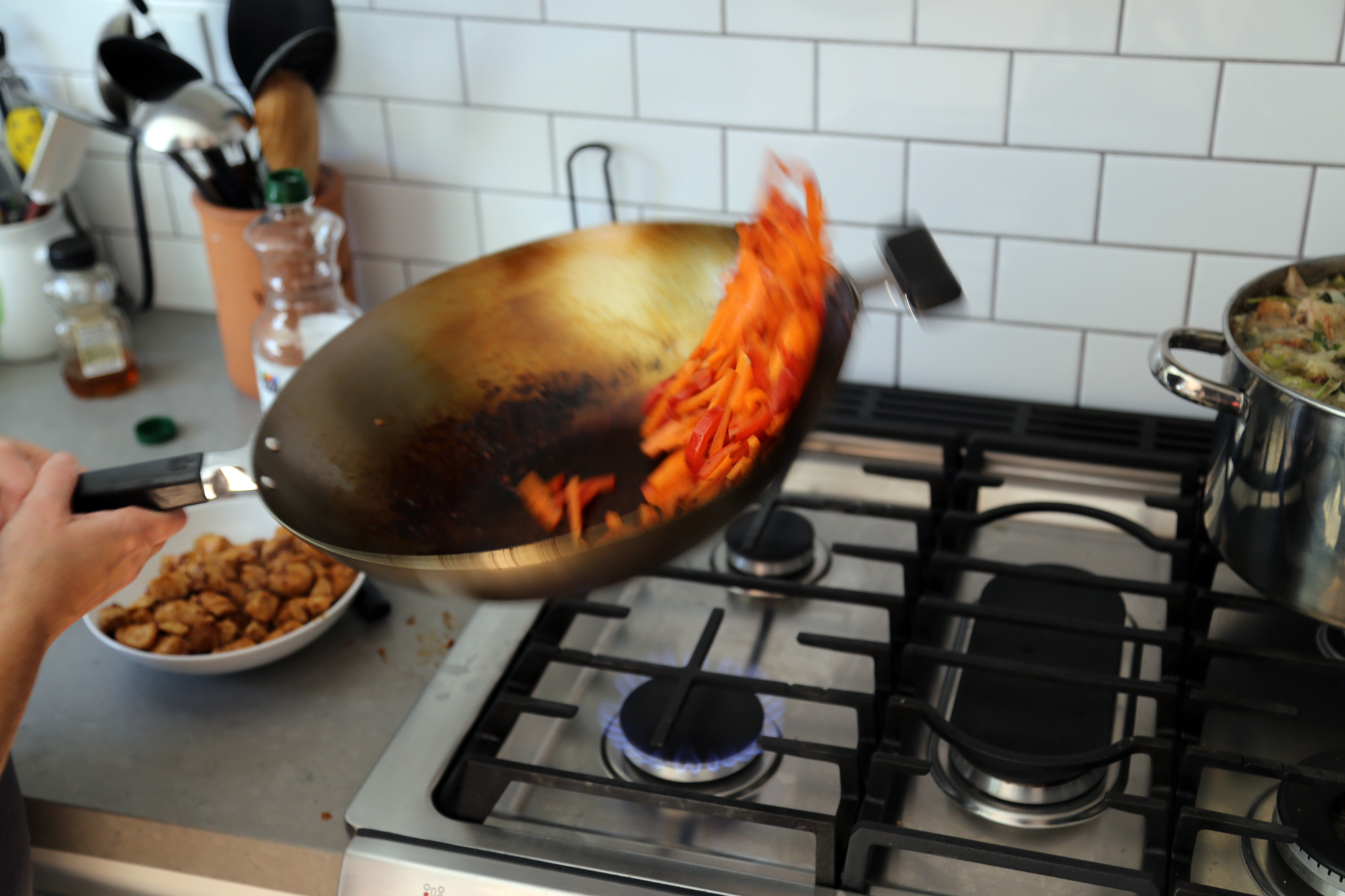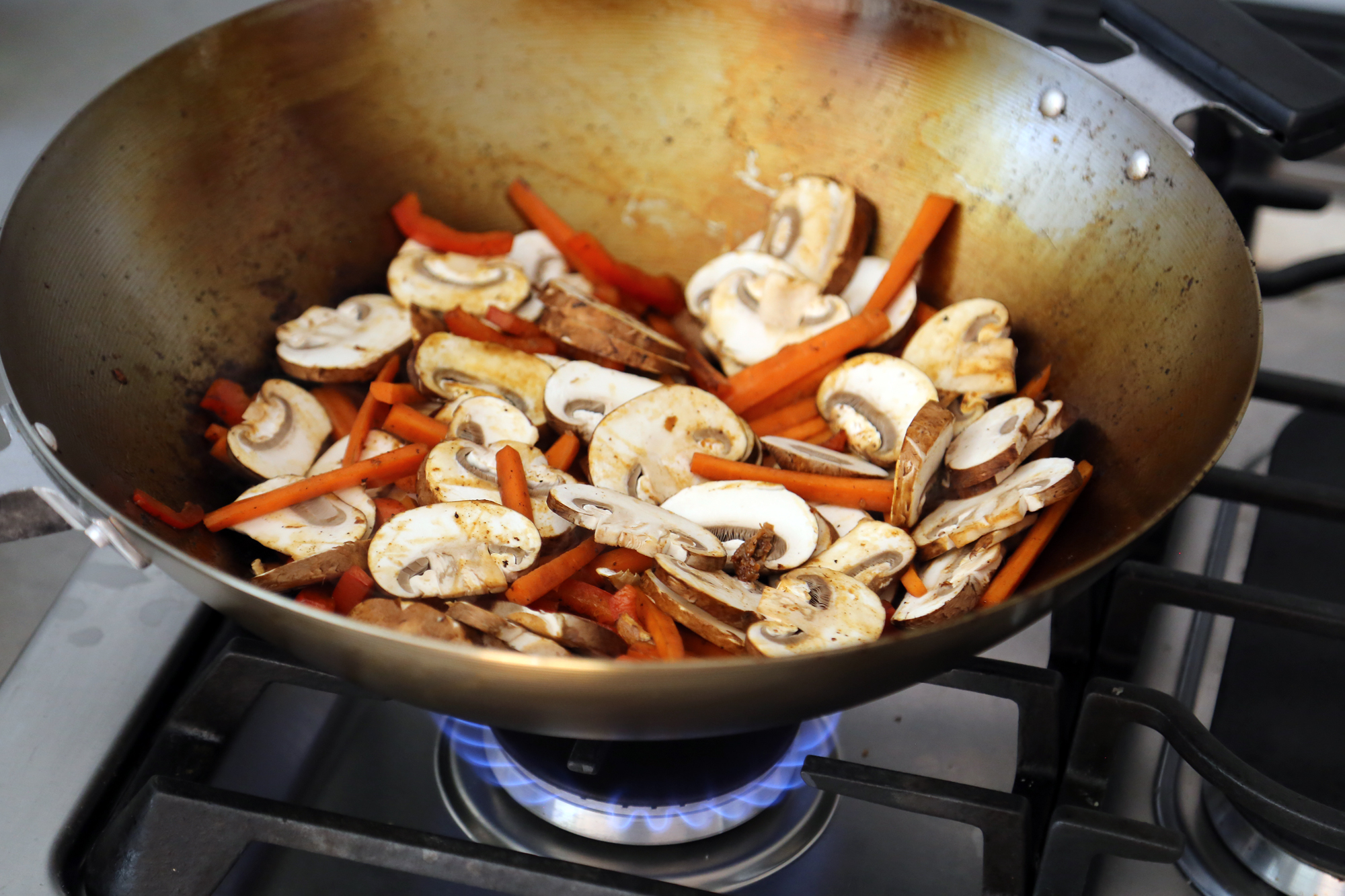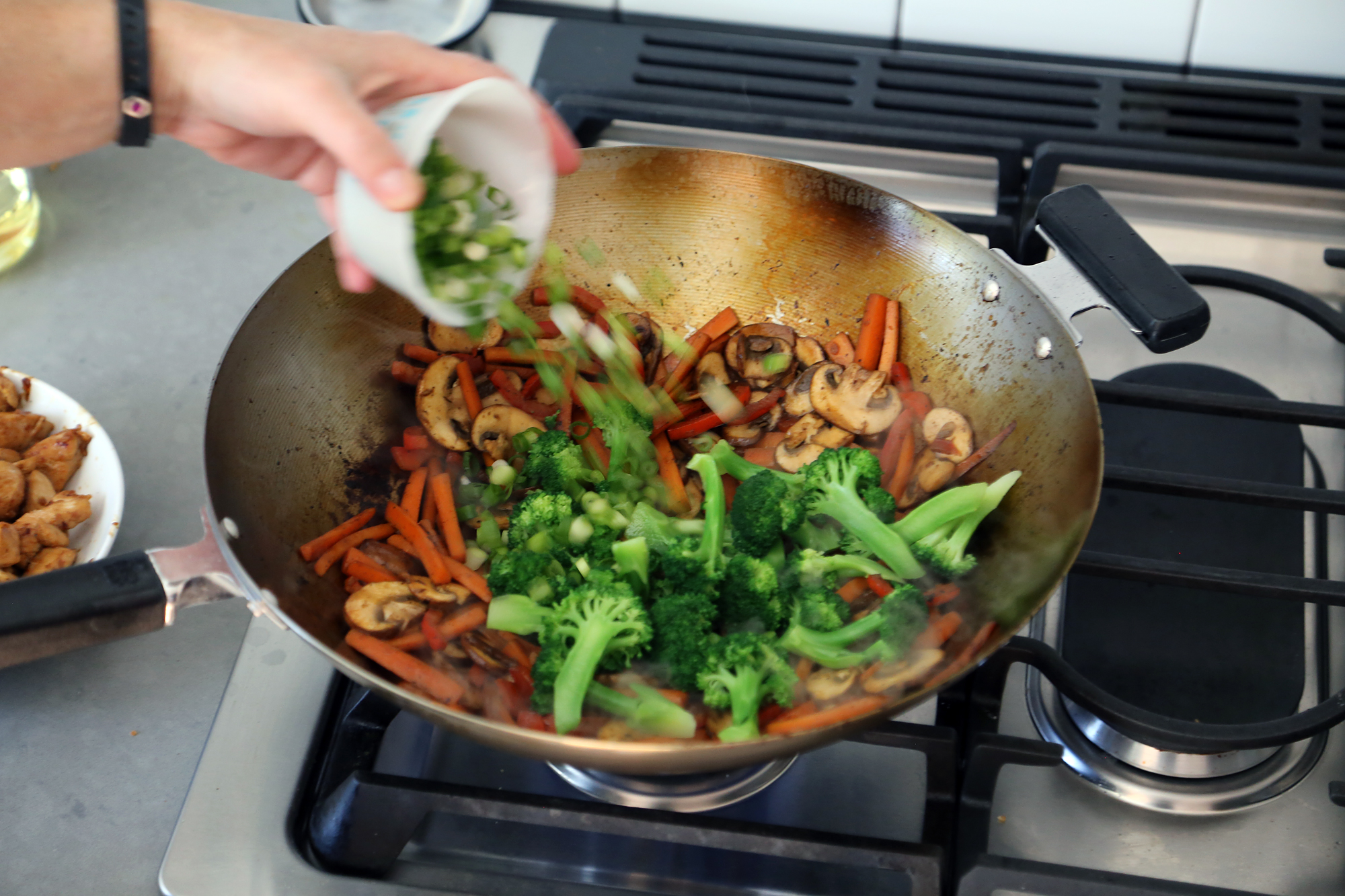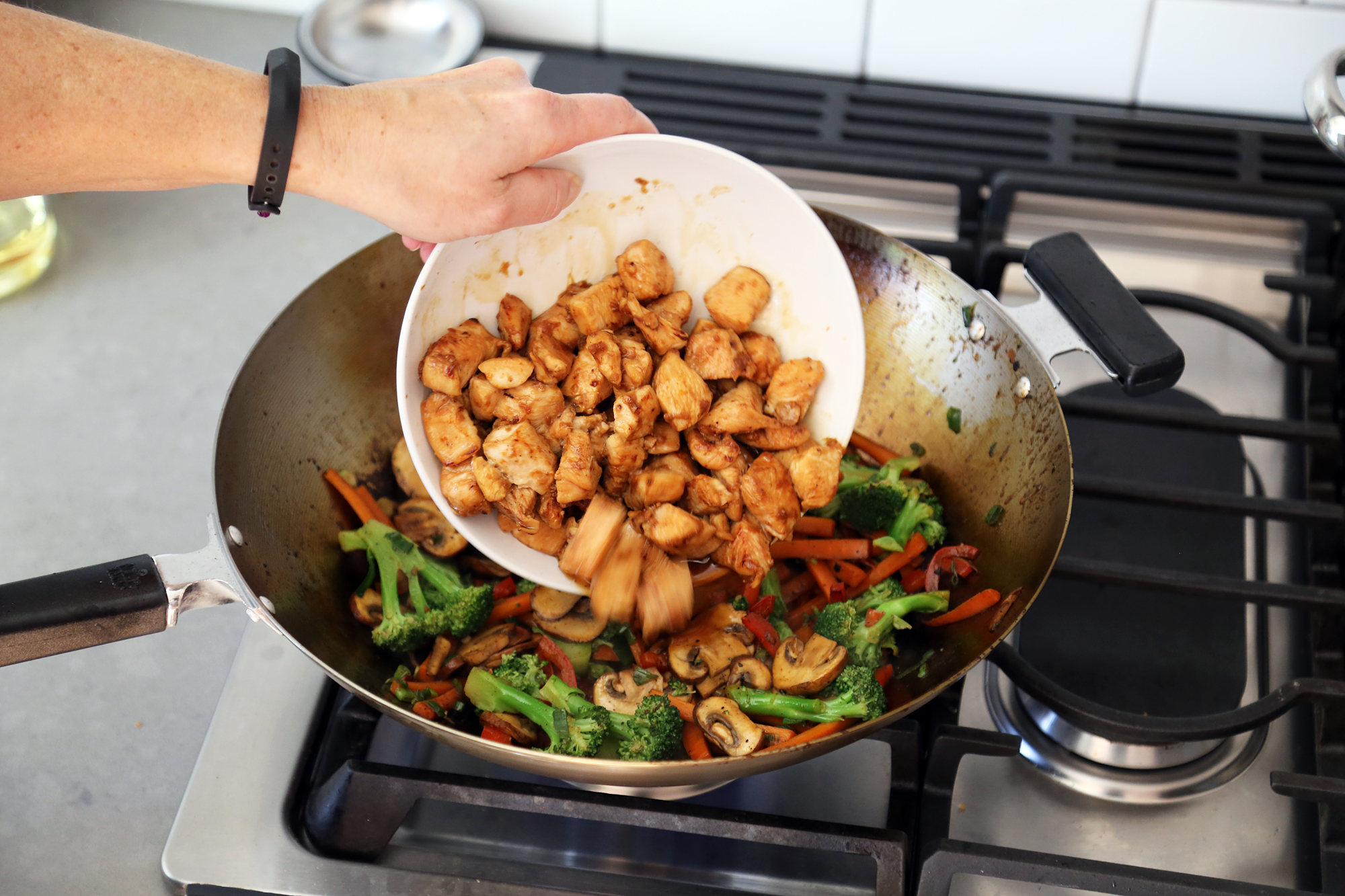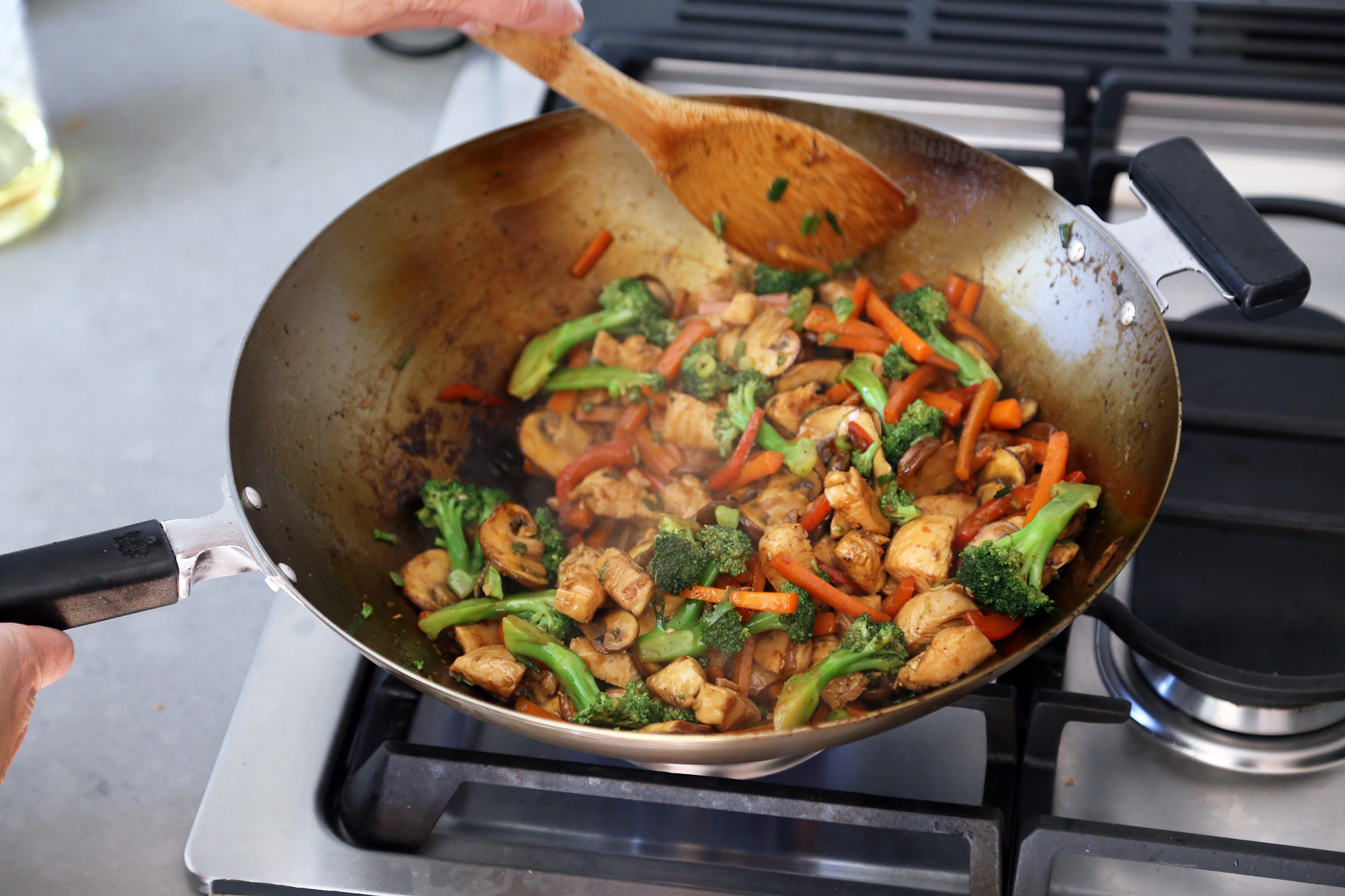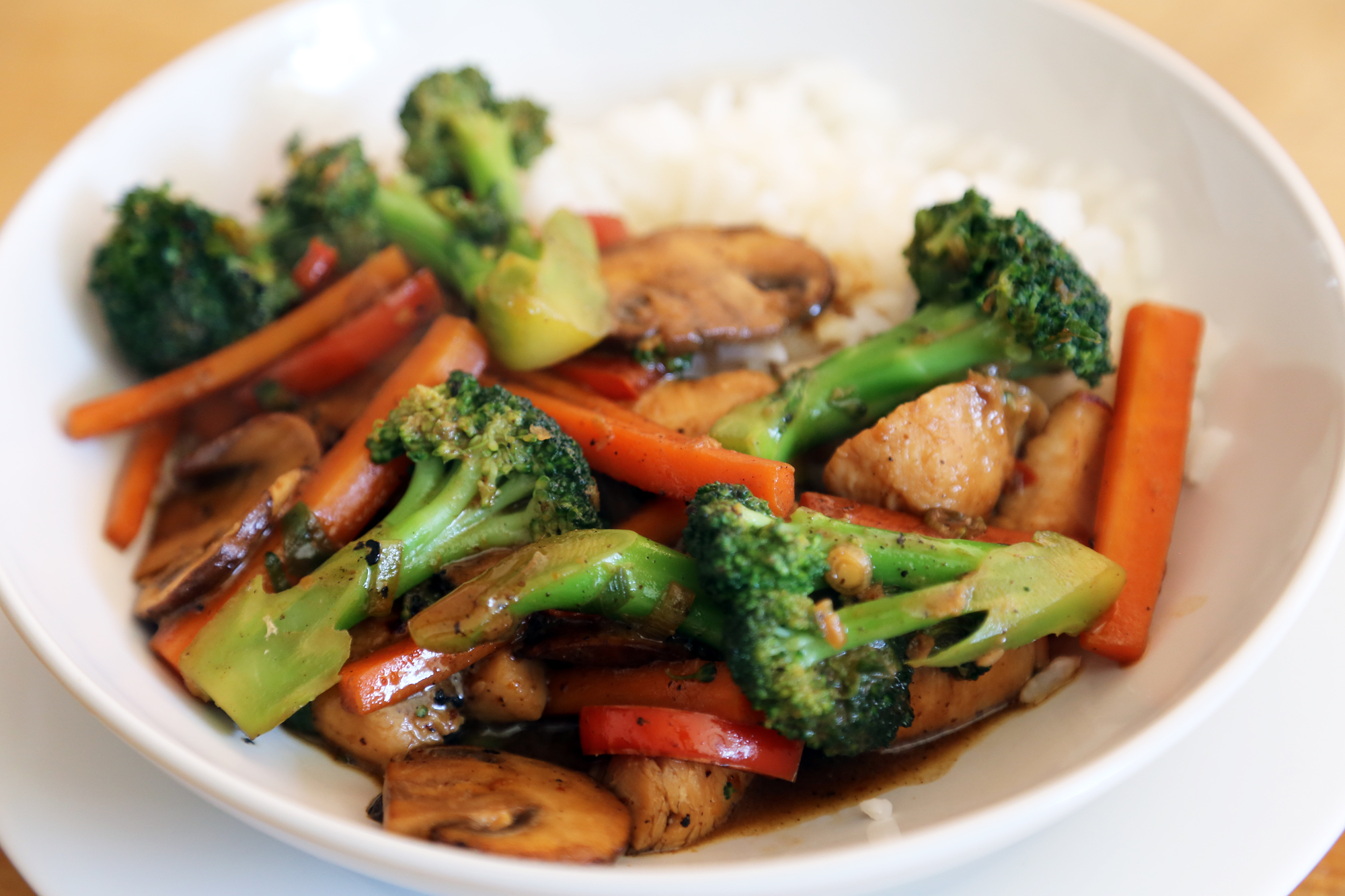A truly authentic stir-fry is an art, a centuries-old technique that originated in China in which a variety of ingredients—often some sort of protein and an array of vegetables—are quickly cooked in a searing wok. But you don’t have to be a master to create a good stir-fry. Because it comes together quickly, and because you can use nearly any combination of protein and veggies that your heart desires, it’s a perfect, healthy weeknight meal that can be designed to your taste. Bonus: you can clear out all those extra bits of veggies that you weren’t sure what to do with and you were hoping to use up before they became compost.
Now, before anyone gets into a huff, I am not the expert on stir-frying (if you really want to get into some authentically delicious stir-frying you should check out Grace Young’s Stir-Frying to the Sky’s Edge or The Breath of a Wok). However, I do love to make a great stir-fry, and my family is always happy when I do so. Here, I’ll give you lots of ideas to create your own masterpiece depending on what you have in the fridge and what you like, plus some of my favorite combinations. I’m not providing exact amounts here because, well, it depends on how many people you want to feed and how much you have in the fridge. Regardless, I’ll give you a more specific recipe down below so you have a good idea of how many ingredients to use with the sauce recipe I provide. The sauce is pretty versatile and straightforward, but you can change it up as you like…just be sure to use low-sodium soy sauce or your sauce will be too salty.
Let’s start with some ideas for ingredients:
-
Protein:
- Steak, thinly sliced across the grain or cubed
- Boneless, skinless chicken thigh or breast, thinly sliced or cubed
- Pork tenderloin, cut into thin strips
- Shrimp, peeled and deveined with tail intact
- Firm tofu, cut into 3/4-inch cubes
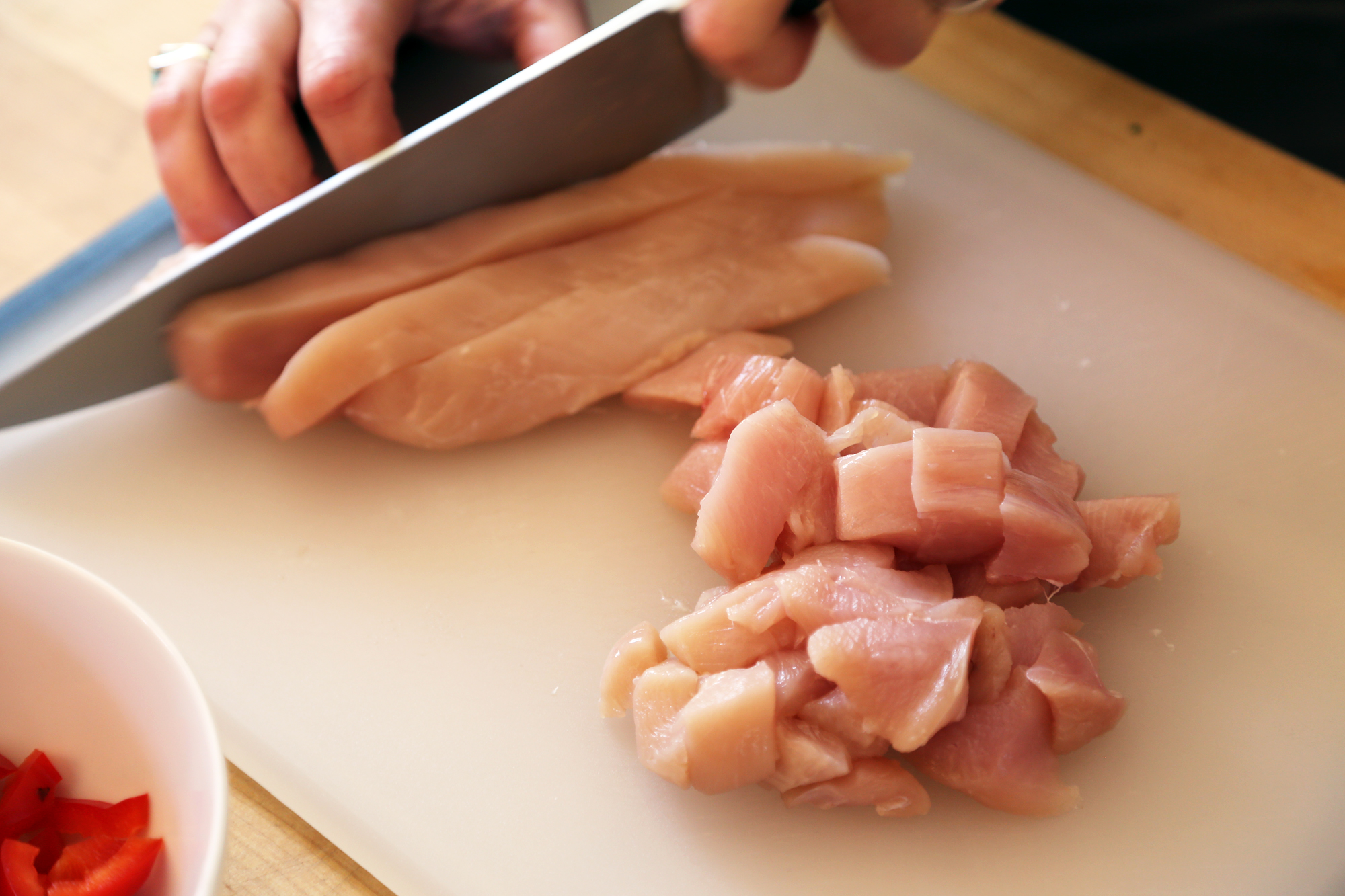
-
Vegetables that I like to blanch* before adding:
- Broccoli florets
- Cauliflower florets
- Green beans, trimmed and cut into 2-inch pieces
- Long beans, trimmed and cut into 2-inch pieces
- Asparagus, trimmed and cut into 2-inch pieces
*To blanch vegetables: Bring a pot of salted water to a boil, add the veggies, then cook until crisp-tender. Drain in a colander in the sink, then plunge veggies in a bowl of ice water to stop the cooking quickly.
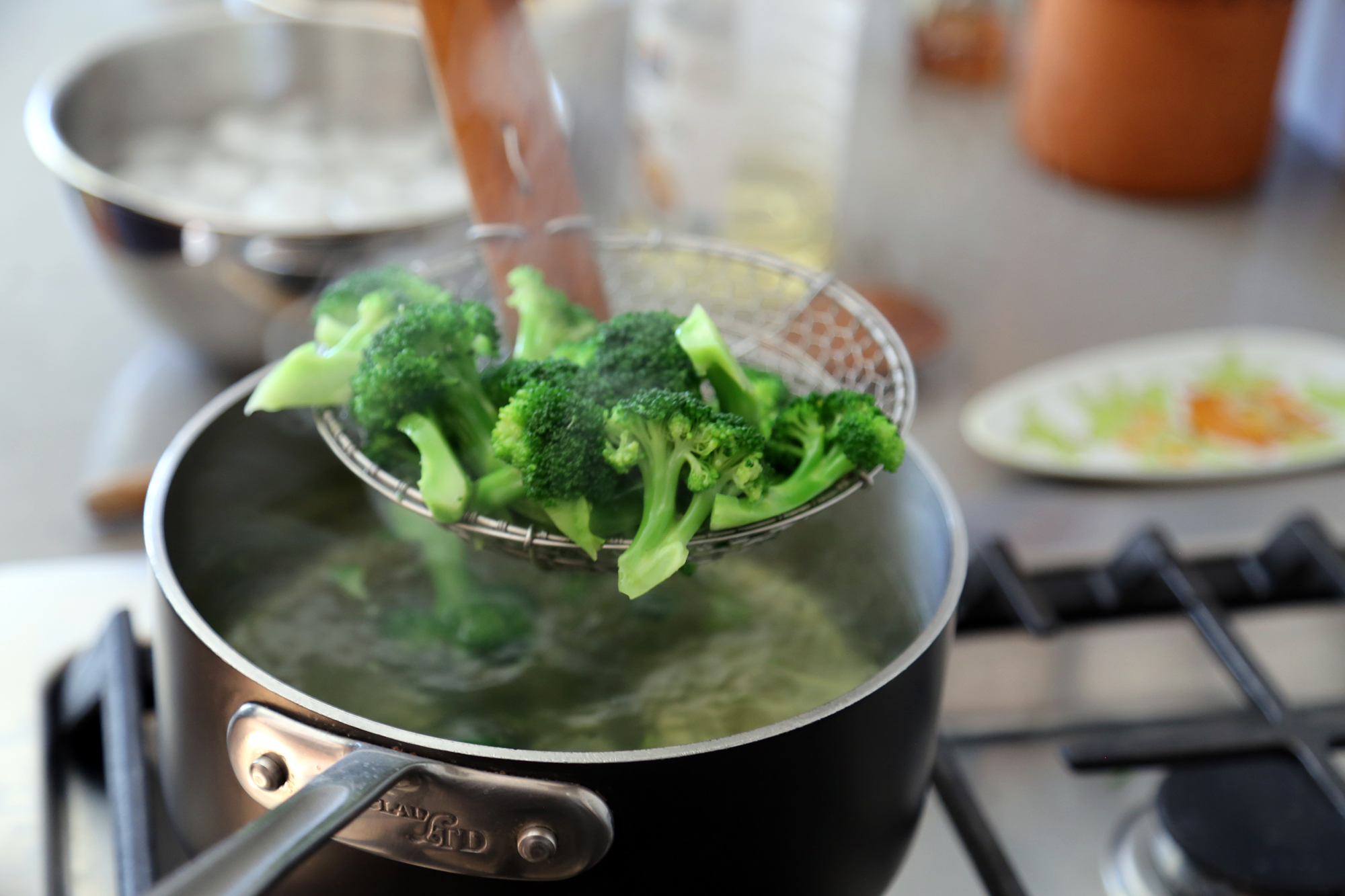
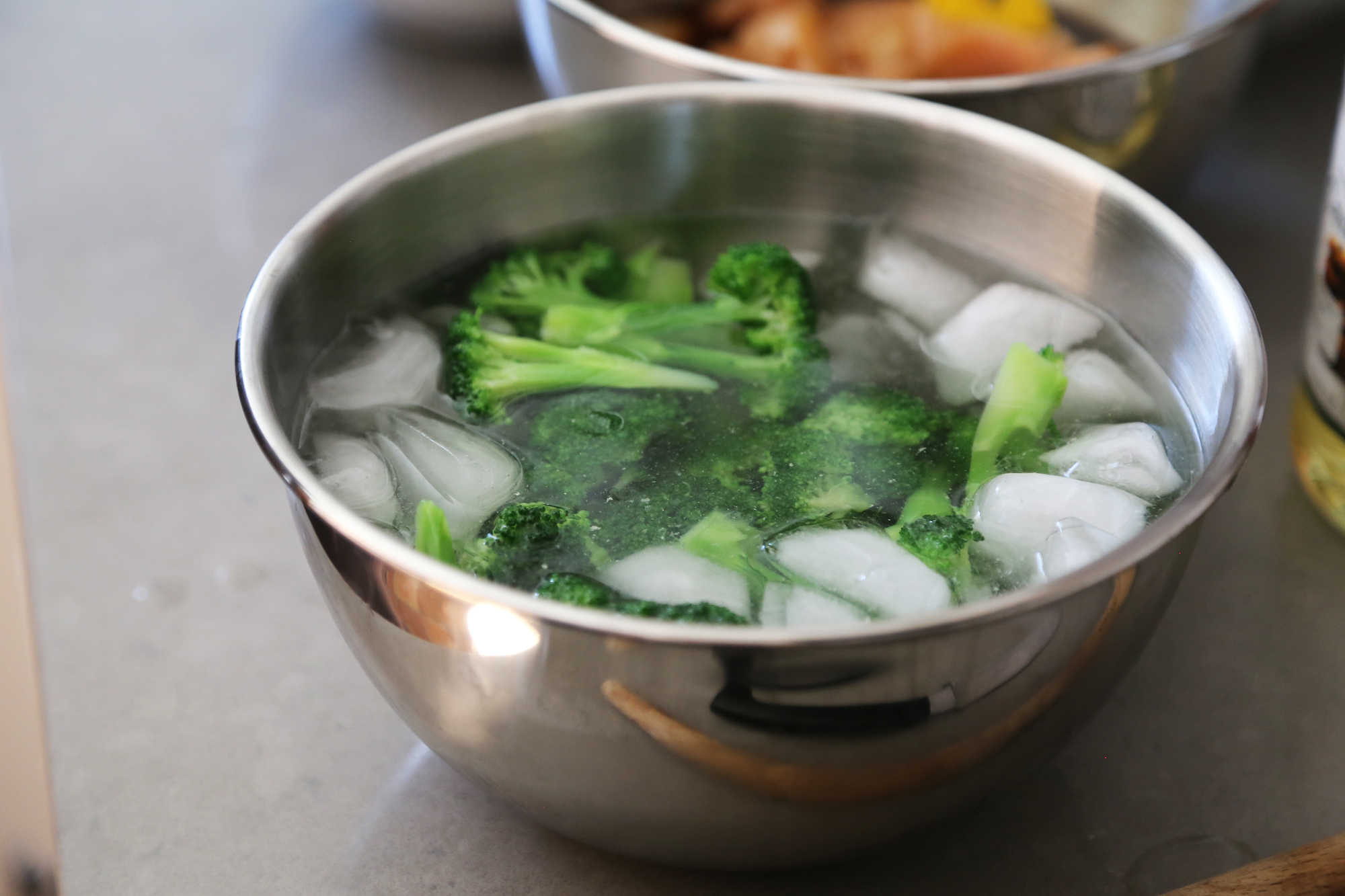
-
Vegetables that I cook directly in the wok:
- Yellow or red onion, halved and sliced
- Red, orange, or yellow bell peppers, cored and cut into thin strips
- Carrots, cut into matchsticks
- Zucchini or summer squash, cut into chunks
- Baby bok choy, halved or quartered
- Fresh English peas, shelled
- Mushrooms, sliced
- Sugar snap peas, trimmed
- Snow peas, trimmed
- Green onions, sliced
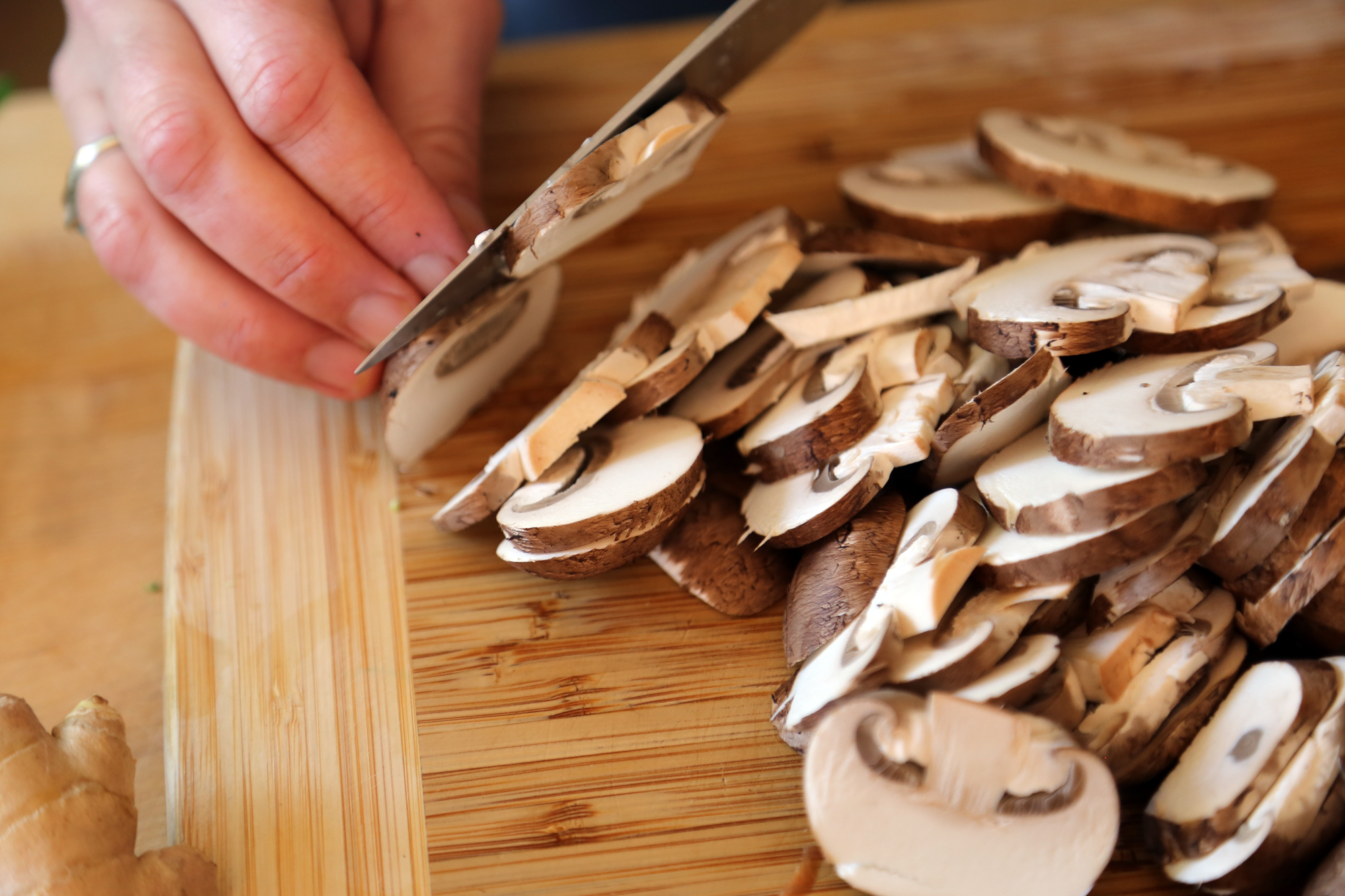
-
Other additions:
- Minced garlic (add with vegetables)
- Whole dried Chinese red chili peppers (cook these in oil before cooking protein, remove then add back with protein at the end)
- Roasted peanuts or chopped, roasted cashews (add at the end of cooking)
-
And some ideas for combinations of ingredients:
- Chicken breast, zucchini, green onions, peanuts, red chili peppers
- Steak, asparagus, sugar snap peas, minced garlic
- Pork tenderloin, green beans, mushrooms
- Shrimp, baby bok choy, snow peas
- Tofu, bell peppers, broccoli, carrots, mushrooms, sugar snap peas
Here’s the basic method:
Heat a well-seasoned wok over medium-high heat, add a little oil, then add your protein. Cook until just cooked through, only stirring occasionally (the timing will depend on the protein). I like to let the first side cook without moving it until it browns, then start stirring. Transfer to a plate or bowl and set aside. Add a little more oil to the wok, then add vegetables in order of hardness (those that need to cook longer should be added first, then layered with other vegetables). Cook, stirring, until tender, then add the protein back to the wok along with the sauce. Cook, stirring and tossing until the sauce thickens.
